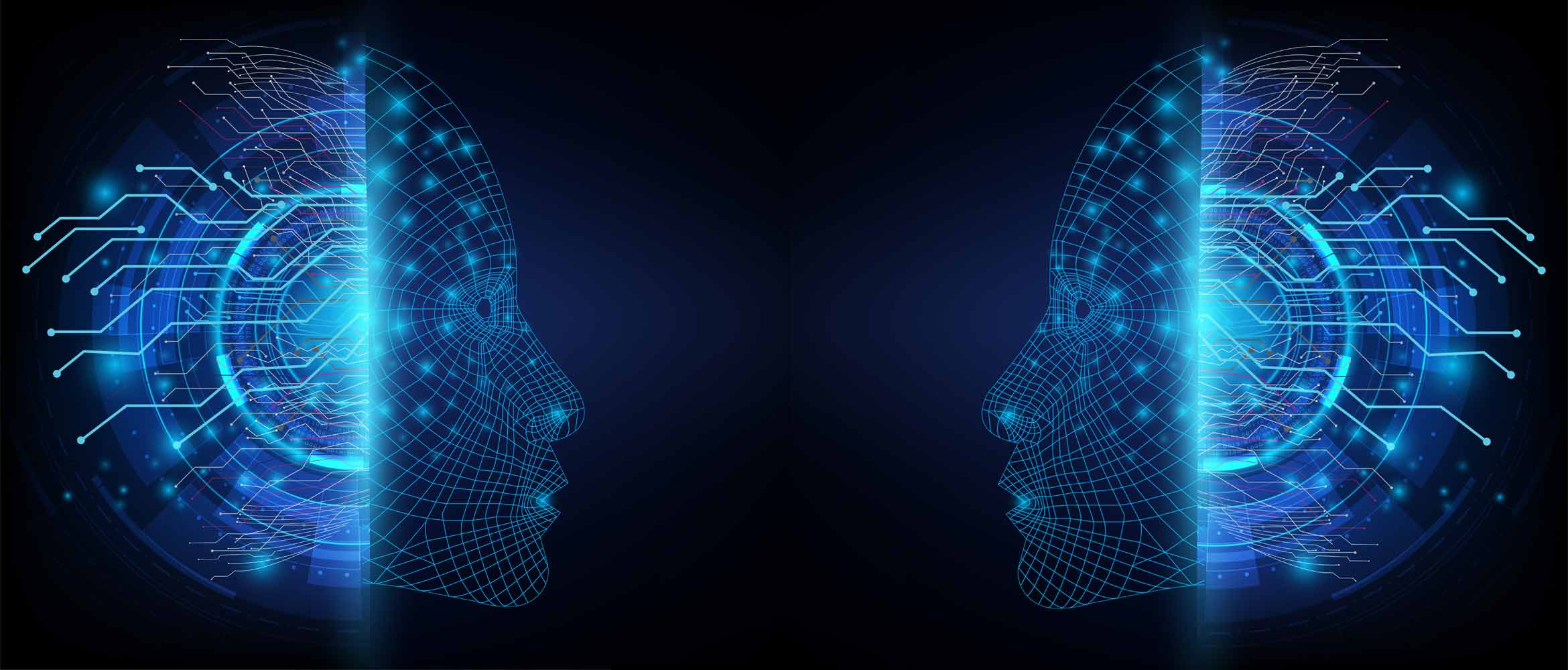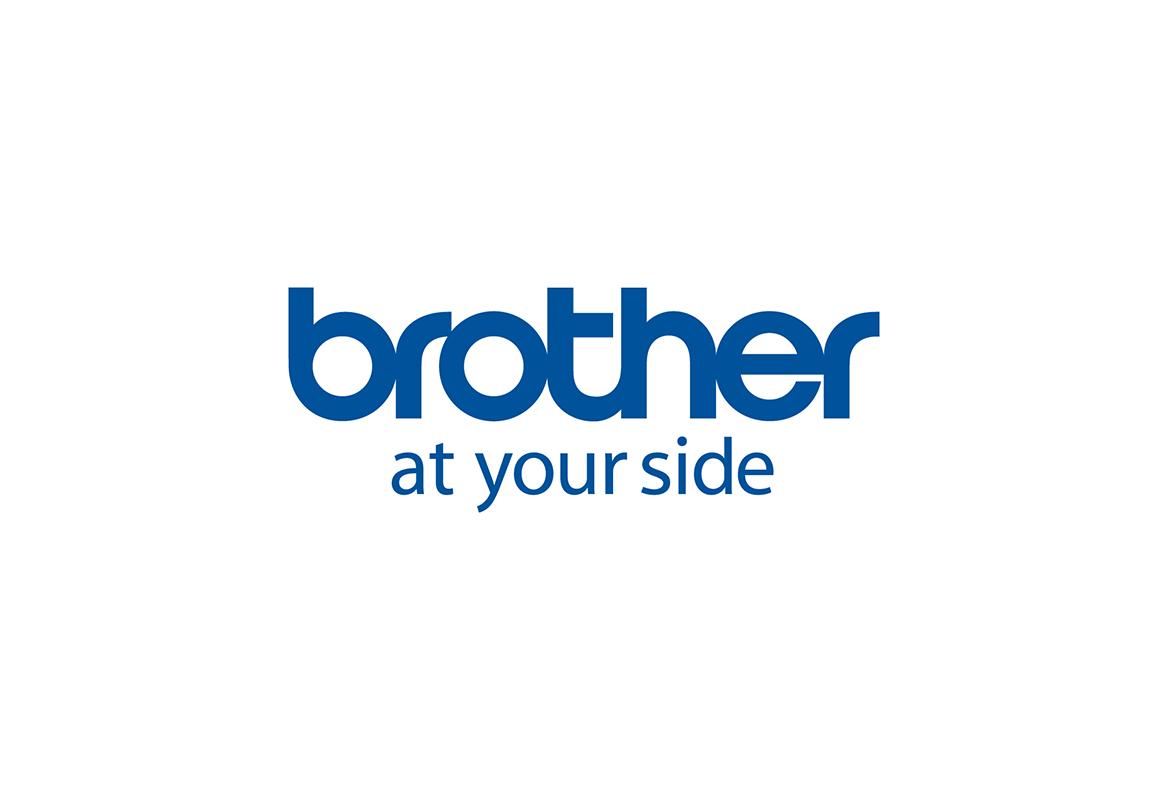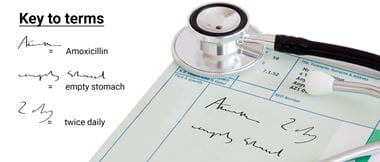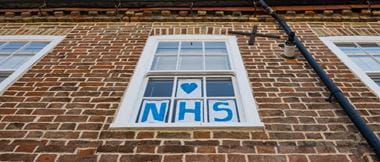
How big data, machine learning and apps are revolutionising healthcare
From advances in neurorobotics to automatic scheduling of tailored doctors’ appointments based on app data, technology is helping healthcare run smoother.
The technology sector has been reshaped by big data, machine learning, robotics, peer-to-peer learning and more, and the healthcare sector is catching up fast. Advances in smart pills, auto diagnostics, implantable drug delivery and genome sequencing are transforming the way healthcare is provided – as is neurorobotics, the combined study of neuroscience, robotics, and artificial intelligence.
We’re seeing contact lenses that detect the glucose levels of diabetes sufferers, blood test results processed at patients’ bedsides and 3D printing of replica body parts to help with surgical procedures.
This new technology is also redefining the way healthcare businesses are run. The Women’s Health Clinic (TWHC) is a group of healthcare clinics staffed entirely by nurses. “We wanted to change women’s lives by delivering innovative, affordable and life-changing quality treatments, designed by women for women,” says finance director Mostafa Kamal. The nurses share profit from the treatments but in order to make this work, says Kamal, “TWHC had to adopt a radical and scalable infrastructure that is fit for purpose and has a low base cost.”
The company’s cloud-based platform is independent of location, device and operating system, making its back-office seamless. This, says Kamal, “enables our nurses, business partners, clients and employees to interact with the platform and with each other 24/7.”
Call handling, booking, messaging, recording, documenting, imaging, invoicing, receiving, paying, authorising and many other tasks are performed without any conflict or breakdown. This, he adds, “also enables us to outsource our back office and other linear functions and significantly reduce costs without compromising quality.”
For Kamal, it works because they start with the processes and break them down to task level: “We do not believe in the use of technology just because it is the norm. We map the task to identify the human tasks, the machine tasks and the points of interaction.”
It’s important, he adds, that human tasks are still done by humans and machine tasks are done by machines: “Our objective is to design and implement robust processes that make these interactions as smooth and intuitive as possible.”
Tech is transforming how staff approach work too. “Healthcare technology can play a key role in helping businesses create an environment that allows their people to thrive,” says Rob Edmundson, director of product, proposition and digital at Bupa UK.
“Having the data from healthcare tech can help employers to identify key trends across their workforce and pinpoint key risk factors, such as musculoskeletal issues or workplace stress, and understand what is relevant to their people,” he adds.
Data from healthcare technology tools and apps is being harnessed, along with employee engagement and absence data, to measure the success of a wellbeing strategy and whether it’s meeting people’s needs, or could evolve to have a meaningful impact on productivity.
Edmundson points to one example: “Our interactive health and wellbeing app, Bupa Boost, includes an element of gamification that has been successful in helping employees to stay on track with their goals while competing with their colleagues.”
The company incorporated Boost into its corporate health assessments and used the data to tailor appointments – providing people with information and tests that are most appropriate for them and support their wellbeing goals, both in and outside of work.
He adds: “Businesses – big and small – that we partner with recognise that a holistic wellbeing strategy that supports their employees’ mental and physical health can help to boost productivity.”
Elsewhere, Bupa Dental used a backup and replication technology from Veeam to address its unreliable backup process, which could cost a practice around £10,000 a day in the event of a failure. The tech, which backs up critical IT systems locally to enable fast recovery, and transfers backup copies offsite for disaster recovery, has saved the business (which employs more than 1,800 clinicians in 400 practices nationwide) more than £350,000 a year in man hours and deployment costs.
Mike Conjoice, Bupa Dental UK’s technical lead, says: “Using Veeam, any data we collect is kept protected and private records are guaranteed safe – enabling our dentists to focus solely on patient care, not IT issues.” Conjoice says the new system saves the business approximately 30 hours a week – or more than 1,500 hours each year.
“One always hears the buzzword ‘efficiency saving’ every time there’s a discussion about NHS spending, so productivity has become a naughty word – it’s seen to be an instrument used by authorities to justify reducing workforce,” says Kamal.
But Kamal thinks this is all about perception: “Productivity growth measures the increase in output that is achievable with the same amount of inputs (such as labour, capital, energy). If the focus is on outputs rather than inputs, the negative perception around productivity will disappear.”
Find out how Brother's healthcare solutions can help your organisation become more productive.





